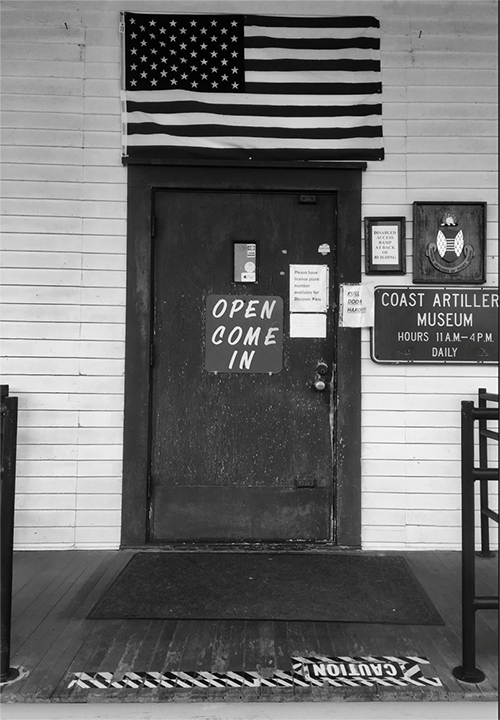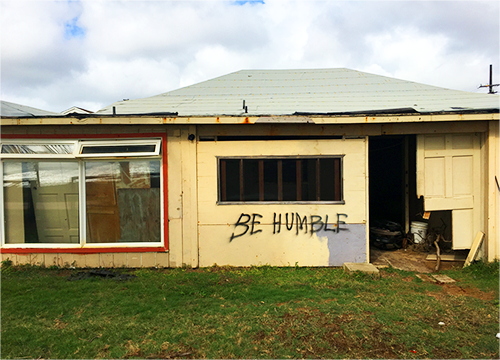Walker Evans
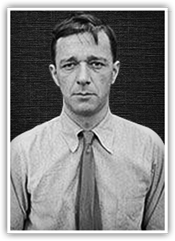
Walker Evans was a photojournalist and American photographer known for documenting the Great Depression and photographing for the Farm Security Administration.
Helen Levitt
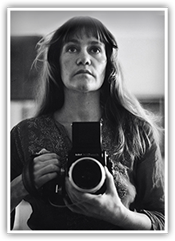
Helen Levitt was an American photographer known for working in the street photography style in New York in the early to mid-20th Century. Her powerful black-and-white photographs capture life in and around New York City. She is one of the most important yet least known photographers.
Jill Freedman
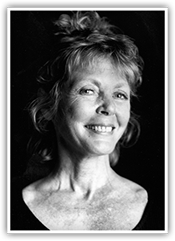
Jill Freedman is a contemporary American documentary photographer, known for capturing life on the streets. She captures the world with a keen eye for human relationships and interactions.
Robert Frank
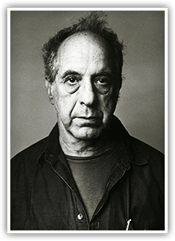
Robert Frank was a Swiss-American photographer who helped define the art of street photography. He lived and photographed during the mid to late 20th century. He used his camera and black-and-white film to depict an honest and sometimes critical portrait of America in the 1950’s and 1960’s.
William Eggleston
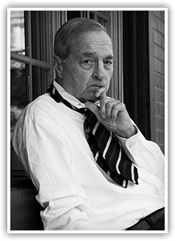
William Eggleston was a pioneer of color photography, crafting the dye-transfer process. Inspired by Robert Frank, his work was the ultimate exploration of place with a camera and film in the mid to late 20th century. His work inspired filmmakers such as David Lynch. He presented the complexities of the everyday world with honesty and simplicity and had an extraordinary eye for the sublime.
